


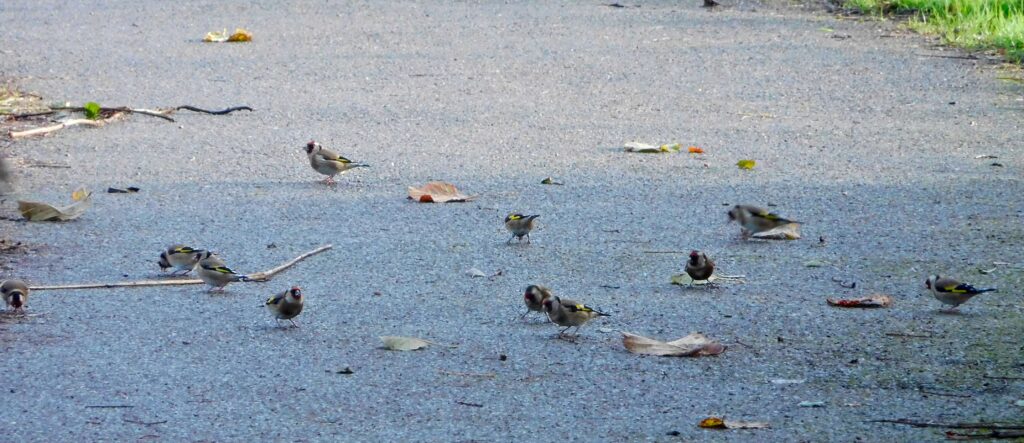
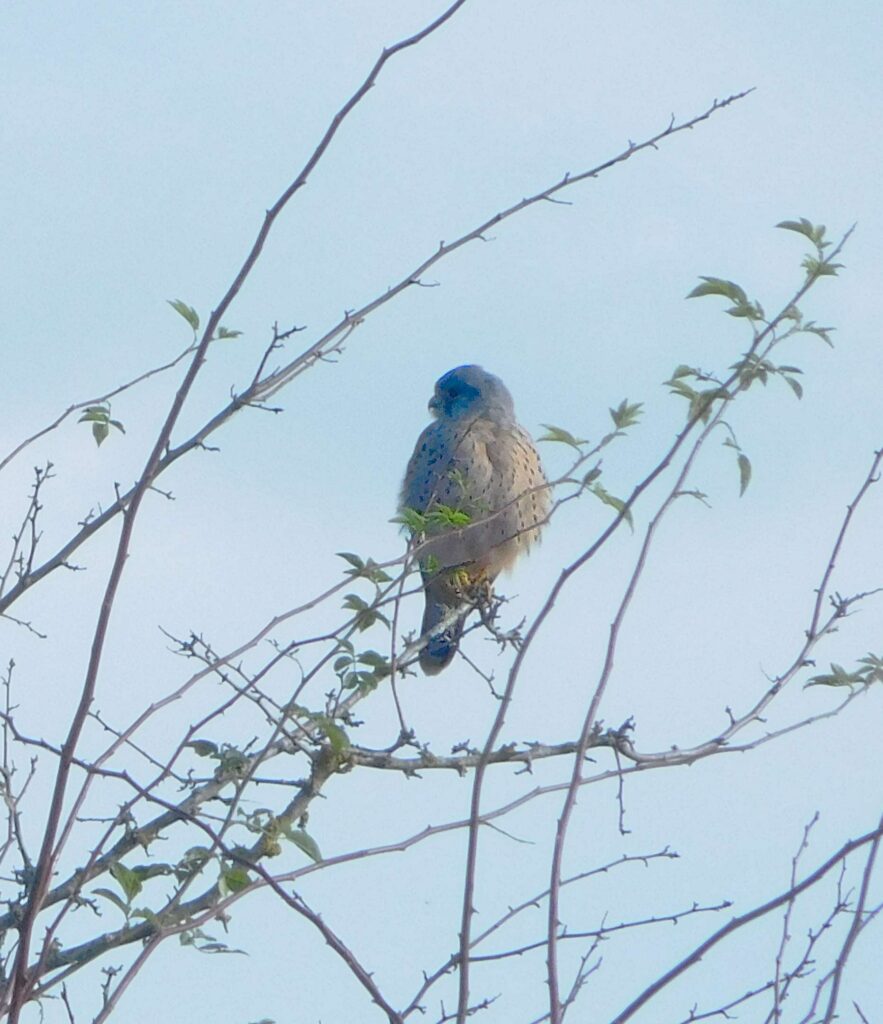








Also on the walk, several Brimstone butterflies, and a couple of Peacock butterflies (presumably overwintered in a hollow tree or some such place). Near the sheep were two Buzzards and a Red Kite, on the lookout for some carrion, I won’t mention what they were hoping to find. Also about was an early Chiffchaff singing its simple song (its name, over and over), a Cetti’s Warbler, and a Song Thrush. And a flock of Goldfinches finishing up the last of last year’s seeds in a big patch of thistles, burdocks, and teasels.




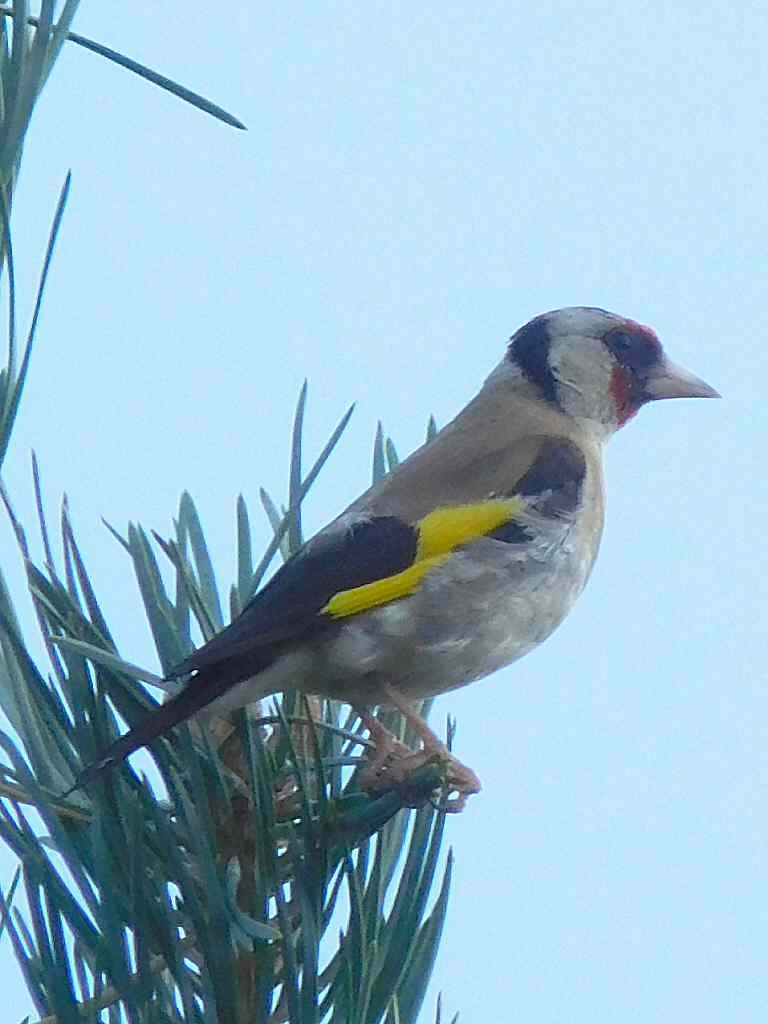




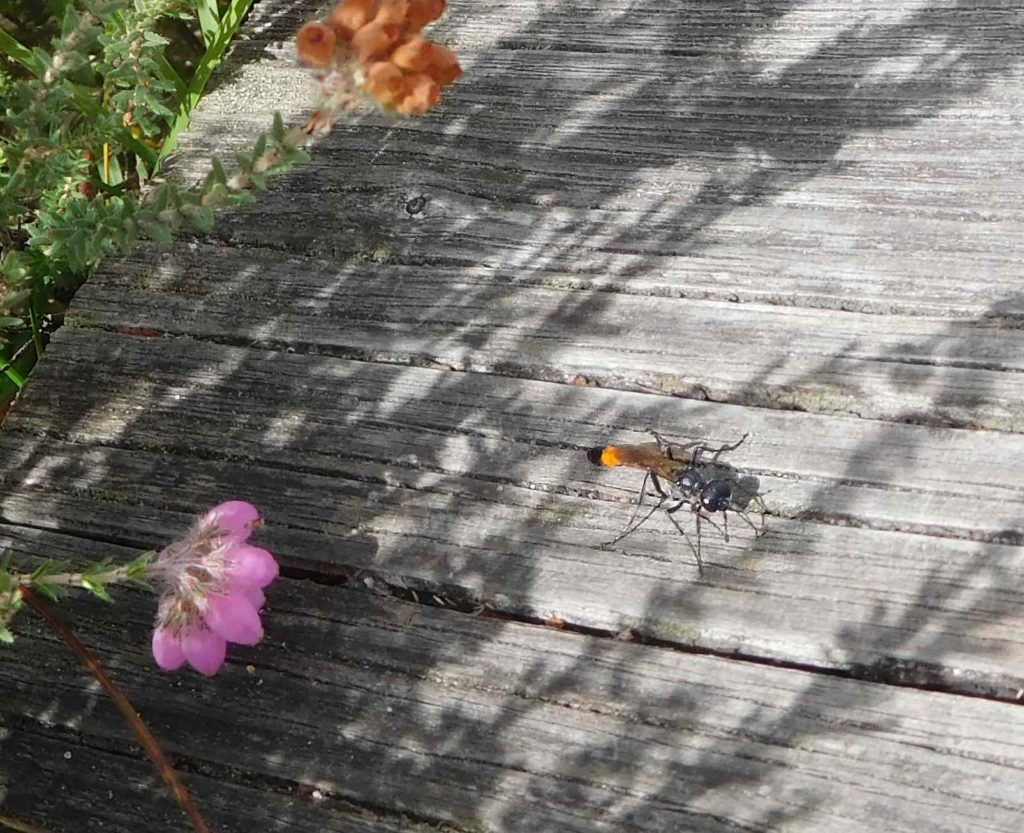



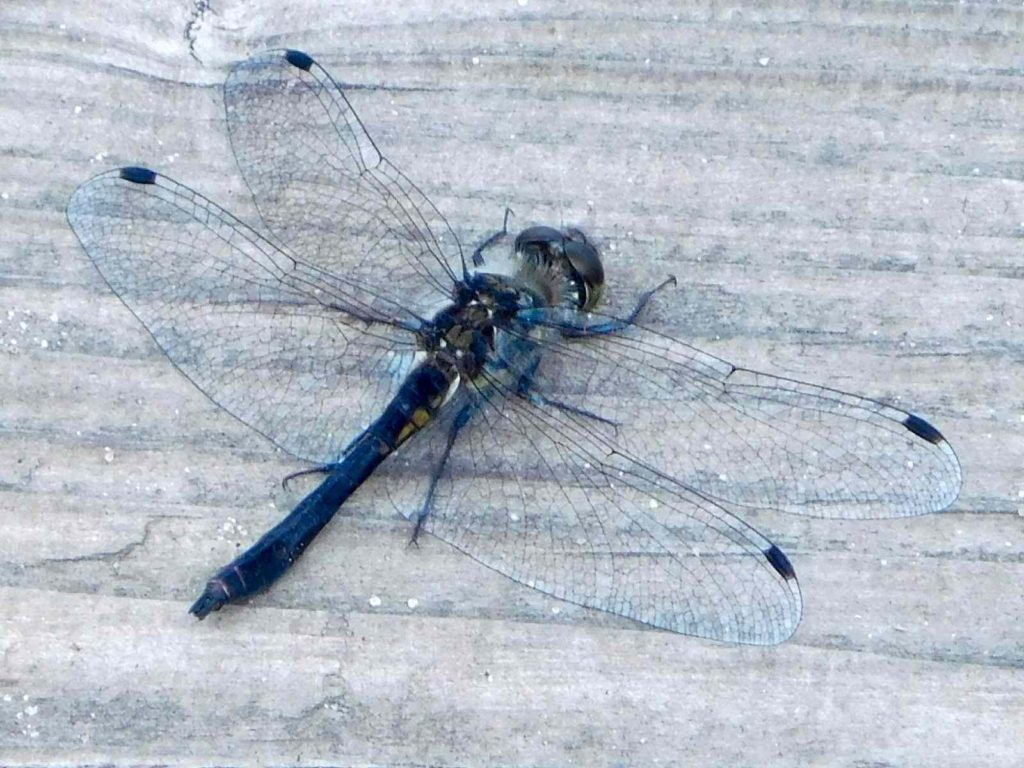

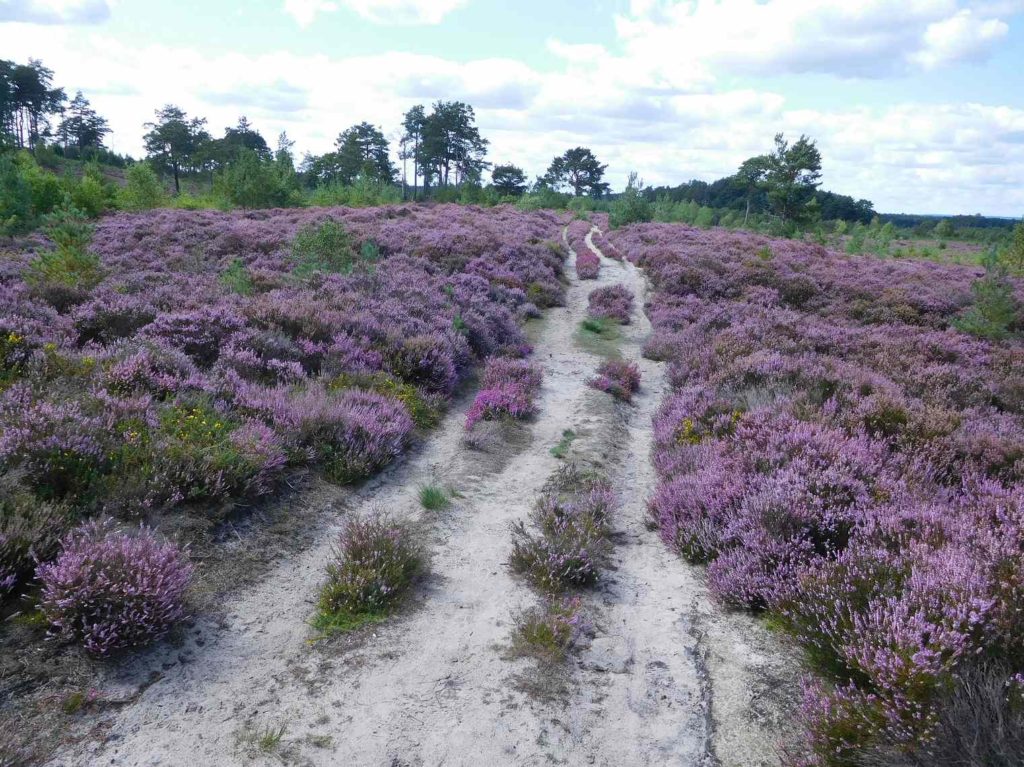
Also saw Common Blue Damselfly, Southern Hawker, Emperor Dragonfly.
Wind or not, a sunny winter’s day is too good to miss, so I wrapped up warm and squelched through the mud around Wraysbury Lakes. In the car park, a Grey Wagtail hawked for insect life. Among the few ducks on the lakes were some Goldeneye, one of the winter specialities of the area. The Great Crested Grebes had most of the water to themselves, looking predatory with their sharp spear-beaks.
On the meadow, four Stock Doves got up – an under-recorded species if ever there was one, as people take them for feral or wood pigeons. A Green Woodpecker gave its ringing Plue-Plue-Plue call, really loudly: spring is on the way, honest! The Jackdaws wheeled and dived in the strong wind, totally at home. A Buzzard soared with barely a wingbeat, turning on well-rounded wings with fanned tail. Towards the end, the bushes thrummed with twittering Goldfinches.
But the best thing wasn’t a bird at all, but the Mistletoe hanging from a bare beech branch. Let’s hope it spreads.




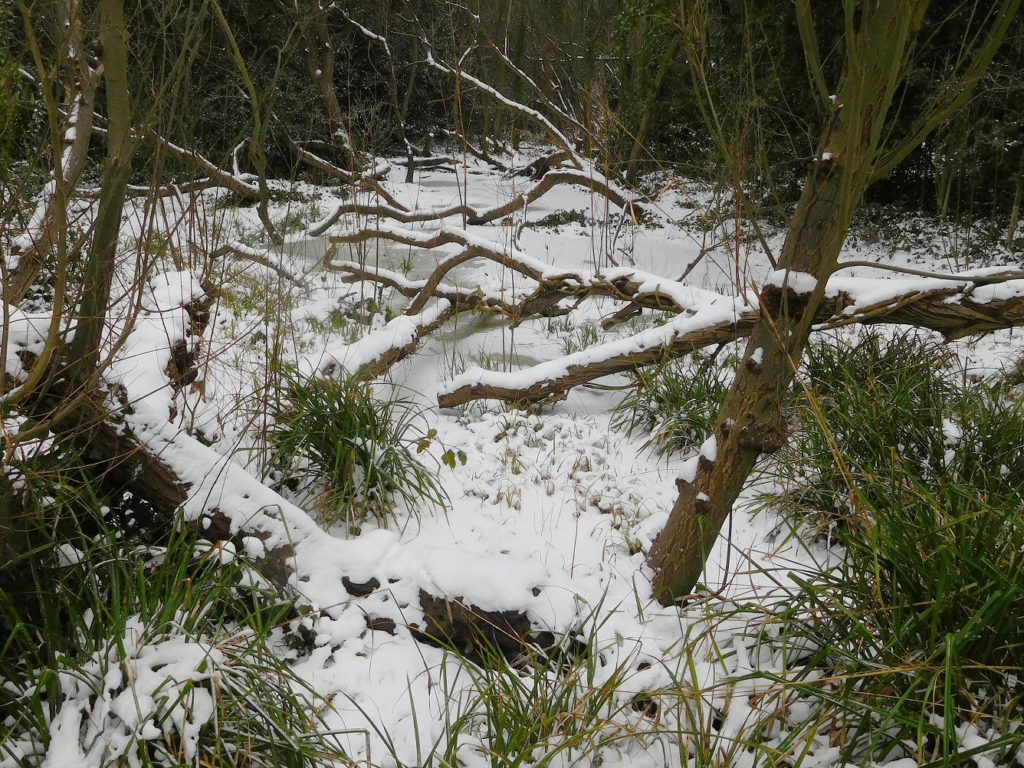
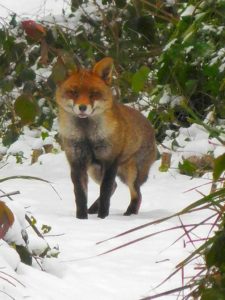
The day was exceptionally warm after the chilly winter weather. The hedgerow plants dripped gently. I liked the colours and light on these blackened rose-hips, still somehow looking invitingly fruity.
The path too was covered in blackened leaves, wet and slippery. On the lake, half-a-dozen Goldeneye, a couple of Pochard, a few Teal, some Tufted Duck, a few Mallard. Apart from the ducks, a couple of Cormorants, two young and very white Great Crested Grebes. On the meadows, a Green Woodpecker, flocks of Goldfinches, scattered Redwing and Fieldfare, a flock of Carrion Crows.
With another day of freezing fog, very dangerous on the roads, nature is telling us that, yes, global warming or no, it’s winter. The false acacia, totally leafless, whirs with activity. A big wood pigeon sits impassively, ignoring the small passers-by. Within a few minutes, these include 3 goldfinches, keeping well away from each other in the branches; 2 male blackbirds, similarly, their heads high on the lookout for competitive activity; 4 ring-necked parakeets, never settling for more than a moment, jumping up squawking at the slightest provocation; 2 redwings, handsome with their contrasting eyestripes; 1 fieldfare, markedly bigger, and a handsome bird when seen in crisp winter sunshine rather than today’s murky fog. A few minutes later, a blackcap appeared: still a bird that we think of as a summer visitor, though a few pass through in winter from colder places. Later still, a great tit jumped in and wriggled about; and a little flock of 6 starlings blew in for a few minutes, sadly diminished from the sort of flocks I remember: and even this local flock used to have 7 members.
The effect as birds appear from and vanish into the gloom is rather of one of those popular tales physicists tell to try to make the public feel they understand what nuclear physics is all about: particles and antiparticles are ceaselessly created by the vacuum, and as continuously meet each other and annihilate, returning to their matrix, the apparently endlessly creative fog, which one would otherwise have mistaken for chilly nothingness.

Suddenly it feels like spring. The migrant warblers haven’t arrived, though a resident Cetti’s gave me a fine burst of its loud simple song; and the winter ducks haven’t all gone back up North, a few Goldeneye and Goosander still fishing the lake; but it was almost warm in the bright sunshine, and the wild pear tree in the woods positively sparkled with fresh new blossom.

There were animal tracks too: tiny footprints of Muntjac.
A little further, a fresh pile of tiny scat, Muntjac for sure.
A Sparrowhawk dashed low over the willows, and disappeared as swiftly as it had arrived.
On the path, the much larger slots of Roe deer; and a Rabbit hopped quietly aside.
The last of the winter thrushes – a flock of Fieldfares – called their chattering chack-chack from the tall boundary hedge of trees. A flock of gently twittering Goldfinches, too, served as a reminder of a winter only just passing.
Finally, right at the end of November, autumn is starting to look something like winter. Even now, and even with a light easterly wind, it is mild, almost too warm for any sort of winter coat.
But winter flocks of birds have at last arrived: 45 Pochard on the lake, handsome with their reddish heads contrasting with pale grey backs; dozens of Goldfinch in the nearly leafless trees, twittering ceaselessly; a dozen or more Fieldfare in the thorn bushes in the horse field; a few Redwing in another thorn bush.

The low sun made the dried flowerheads of the Teasels beautiful. A single Pleated Inkcap gleamed among the short grass and muddy hoofprints.

Yet another astonishingly warm day, not exactly Indian Summer now with a cloudy start, but too hot for more than a t-shirt by midday. The Wraysbury Lakes were quiet, the winter ducks represented only by a few shoveler and a couple of gadwall. The most impressive waterbirds were the cormorants roosting on the dead branches of a large willow.
On the path I found a single muntjac deer footprint, with its tiny pellets. A few goldfinches twittered in the bushes, and a linnet. A buzzard circled over the hills in the distance.